Introduction
Welcome to this blog post about the fascinating world of illusions. In this episode, we will explore the concept of illusions and how they can be generated using advanced AI technology. Illusions have always intrigued and captivated human beings, and now, with the help of AI, we can create stunning visual illusions that are both mesmerizing and thought-provoking. Join us on this journey as we delve into the world of illusions and discover the magic behind them.
The Mona Lisa Illusion
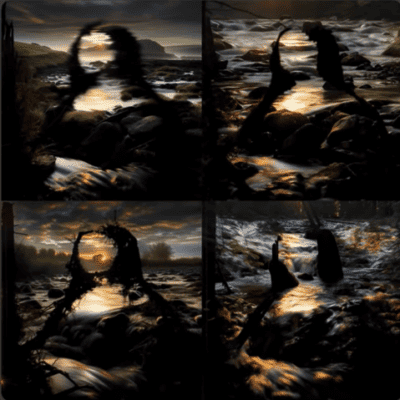
Let’s start our exploration with the iconic Mona Lisa. Using advanced AI algorithms, we can generate illusions based on the original image of the Mona Lisa. By applying various techniques, such as stable diffusion and control net, we can manipulate the image to create intriguing illusions that both resemble and deviate from the original artwork.
One of the most successful illusions of the Mona Lisa involved blending the image with a stream of rocks using long exposure. This created a captivating illusion that brought a new perspective to the famous painting. However, not all attempts were equally successful, as some illusions had strange shadow spots or unusual elements that didn’t quite match the essence of the Mona Lisa.
The Great Pyrenees Illusion
Moving on to another illusion, let’s explore the Great Pyrenees. Using a black and white outline of a Great Pyrenees, we can generate illusions that depict this majestic animal in different settings. By playing around with prompts and experimenting with different images, we can create illusions that capture the essence of this guardian dog. The illusions become more accurate when we define the camera and incorporate photo-realistic elements into the image.
What makes the Great Pyrenees an interesting subject for illusions is its innate character trait of being a protector. This quality resonates with humans and creates a sense of compassion and empathy. Through illusions, we can explore different aspects of this magnificent animal, showcasing its unique qualities and capturing the viewer’s imagination.
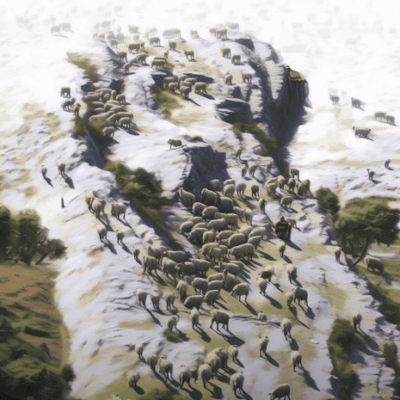
Exploring Art Illusions
Now, let’s dive into the world of art illusions. By loading images into an AI algorithm, we can generate illusions based on these artworks. One artist worth mentioning is Lee Wei, a contemporary artist from Beijing known for his illusion artwork. By referencing his work and exploring different AI techniques, we can create illusions that capture the essence of his artistic style.
During our exploration, we stumbled upon an interesting concept. Twitter, being a representation of human consciousness in text input, sparked a discussion on the nature of consciousness and its relationship with AI. While AI can replicate certain aspects of human consciousness, there are still elements that it may not fully comprehend or replicate. This raises concerns about the potential governance and limitations of AI in the future.
Creating Unique Illusions
As we continue our journey, we experiment with different prompts and images to create unique illusions. By blending original images with AI-generated generations, we can push the boundaries of creativity and explore new possibilities. Sometimes, a specific idea guides the illusion creation process, resulting in the most successful illusions. Other times, being open-minded and collaborative with the AI algorithm leads to unexpected and fascinating results.
For example, our attempt at creating a smiley face illusion led us to explore different artistic references and generate various iterations. By adjusting the stylization and incorporating different elements, we were able to create smiley face illusions that ranged from simple and classic to detailed and stylized.
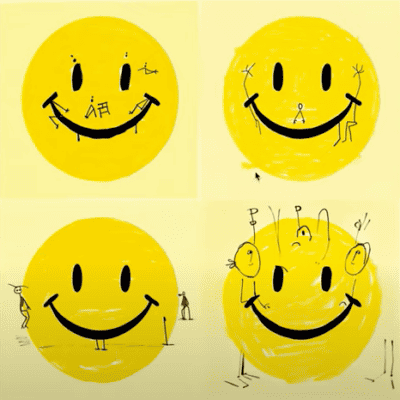
Another interesting experiment involved generating illusions of the Joker. By blending different prompts and adjusting the stylization, we were able to create unique interpretations of this iconic character. Through this process, we discovered that generating a prompt twice can strengthen the concept and result in a more compelling illusion.
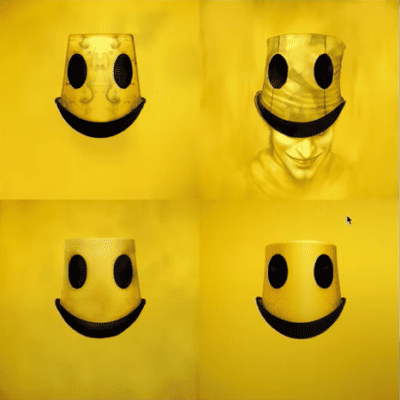
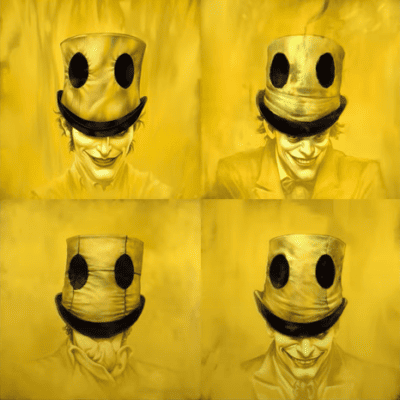
Conclusion
Illusions have always intrigued and fascinated us. With the help of AI technology, we can now create stunning visual illusions that challenge our perception and captivate our imagination. Through experiments and collaborations with AI algorithms, we can push the boundaries of creativity and discover new ways to create illusions that mesmerize and inspire. Join us on this journey of exploration and let the magic of illusions unfold before your eyes.
Made with VideoToBlog
Watch the whole video here-


Comments